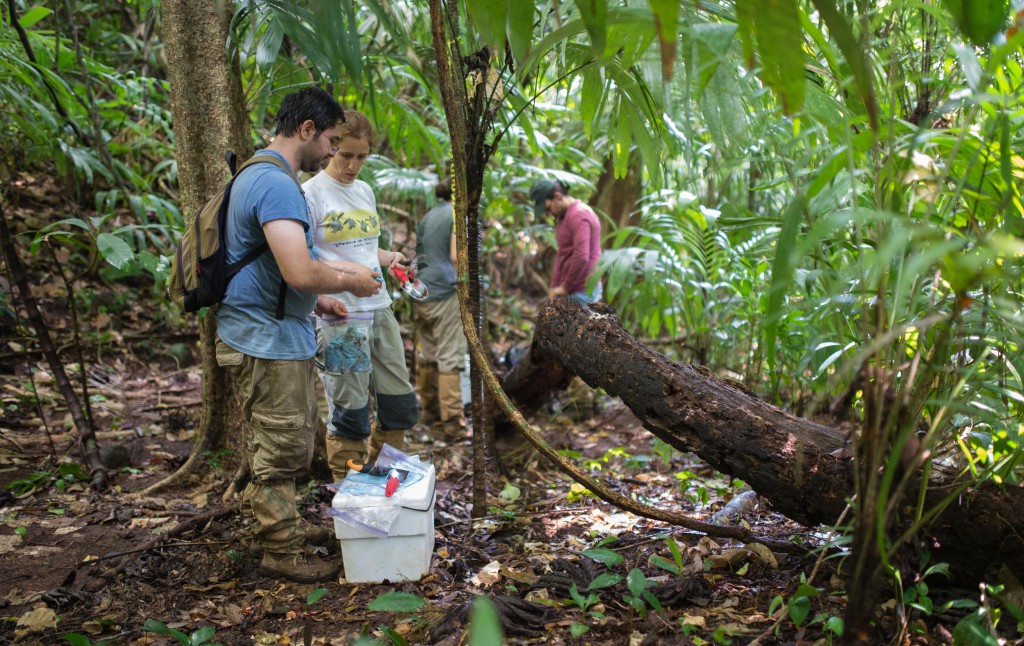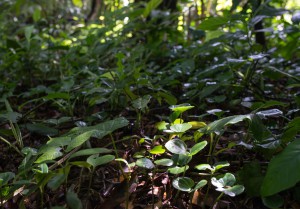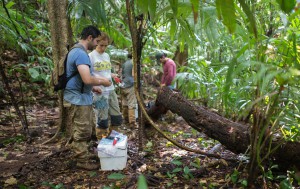
Investigating drivers of plant-soil feedback strength in tropical tree species
Tropical rainforests support the highest plant diversity in the world. Most of this
diversity is comprised of exceedingly rare and seemingly similar tree species. Explaining
the mechanisms allowing the coexistence of so many types of trees has therefore been a
central focus of ecology for decades. An increasing body of research shows that
conspecific negative density dependence (CNDD) driven by specialist fungal natural
enemies inhibits the establishment of trees beneath conspecific adults, thereby preventing
any one species from becoming dominant. Additionally, the strength of these processes
seems to be important in influencing the local relative abundance of tree species.
However, the fungal communities driving CNDD have remained a black box due to the
difficulties associated with working with unculturable microbial species. Using modern
genetic barcoding techniques, we can now identify and quantify the fungal species
associating with tropical trees, allowing us to link fungal community composition to the
strength of CNDD in tropical forests. As a first step toward this goal, the Dirzo lab
conducted an expedition to the Los Tuxtlas Biological Preserve in 2014 to determine the
relative importance of host specificity and spatial structure in driving root associated
fungal community composition. We are currently conducting an experiment to link
root associated fungal community composition to CNDD strength across a range of host
species, focusing on differences between locally rare and abundant tree species.


